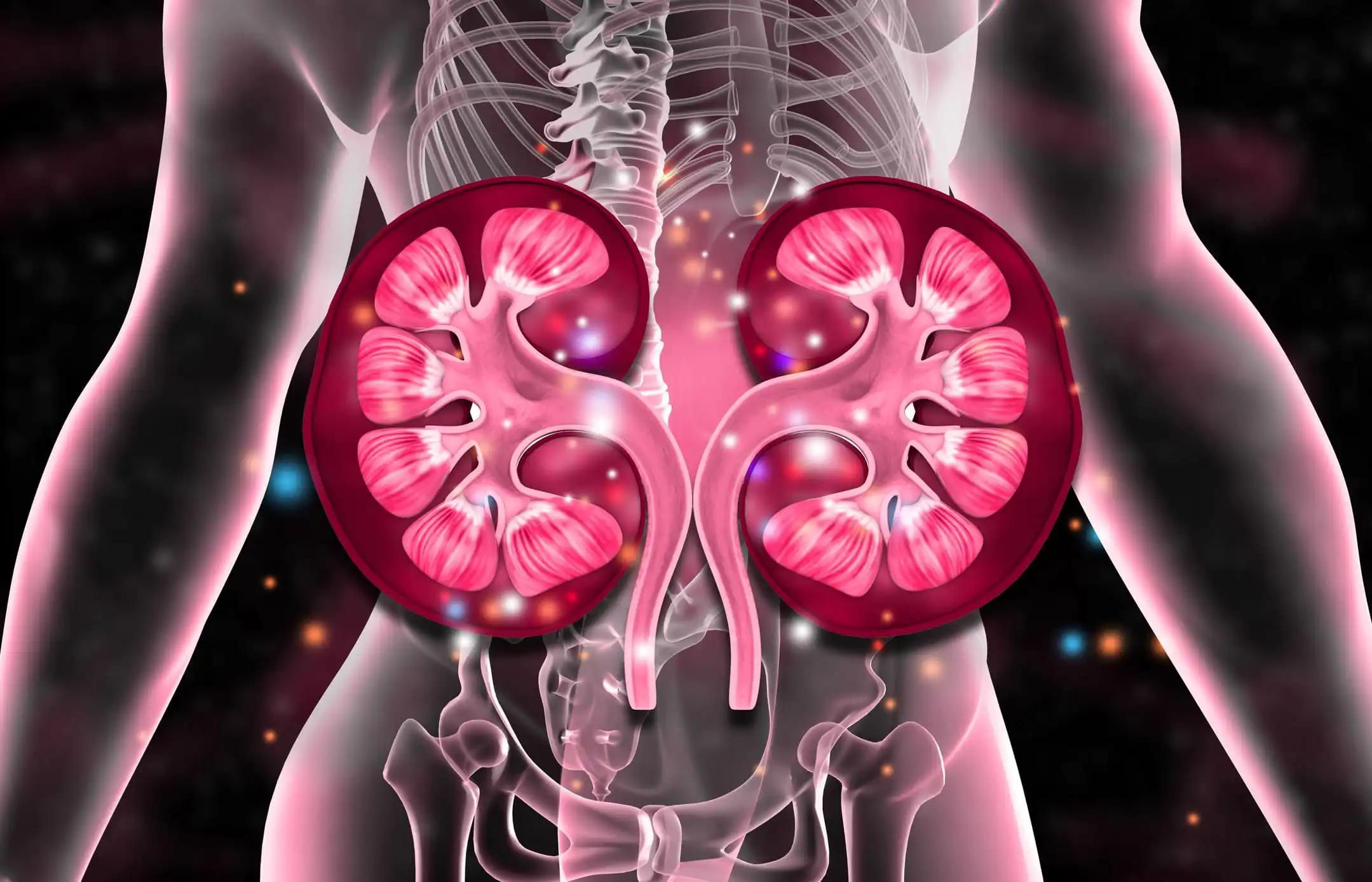KEY TAKEAWAYS
- Phase 3 MAGNITUDE study demonstrated that NIRA/AAP significantly improved outcomes in patients with mCRPC and HRR gene alterations.
- The IA2 analysis assessed secondary endpoints, including TCC, TSP, and OS, and showed consistent improvement with NIRA/AAP in the HRR+ cohort and BRCA subgroup.
- The updated rPFS results at IA2 were consistent with the primary analysis in the HRR+ cohort, and NIRA/AAP extended median rPFS to 19.5 months vs 10.9 months with PBO/AAP in the BRCA subgroup.
- NIRA/AAP led to statistically significant benefit in TSP in the HRR+ cohort with consistent benefit in the BRCA subgroup.
- The safety profile at IA2 was consistent with that of the primary analysis. No new safety signals were observed supporting the use of NIRA/AAP in patients with mCRPC and BRCA alterations or select other HRR gene alterations.
Patients with mCRPC and HRR gene changes had significantly better outcomes on NIRA/AAP, according to the primary analysis of the phase 3 MAGNITUDE research. In this article, they present the secondary endpoint results from IA2 of the MAGNITUDE study. The HRR+ cohort included 423 patients with mCRPC who were randomly assigned to receive either NIRA/AAP (n = 212) or placebo (PBO)/AAP (n = 212). The primary rPFS endpoint was revised for the HRR+ cohort, and sensitivity analysis was performed for the subgroup of patients with BRCA alterations at the prespecified IA2. Secondary endpoints (time to cytotoxic chemotherapy [TCC], time to symptomatic progression [TSP], and overall survival [OS]) were also formally assessed.
There was no significant difference between the primary analysis and the updated descriptive rPFS data at IA2 (cutoff: June 17, 2022). In the subset of patients with BRCA mutations, the median rPFS was 19.5 months with NIRA/AAP versus 10.9 months with PBO/AAP. NIRA/AAP statistically improved TSP in the HRR+ cohort, and the advantage was maintained in the BRCA subgroup. Using NIRA/AAP, the HRR+ cohort and the BRCA subgroup both showed steady progression toward better TCC outcomes.
Both the primary stratified and multivariate analyses (MVA), which corrected for differences in important baseline variables, showed a tendency towards increased OS with NIRA/AAP in the BRCA subgroup. Time to worst pain intensity (HR, 0.70; 95% CI, 0.44, 1.12; nominal P = 0.1338) and pain interference (HR, 0.67; 95% CI, 0.40, 1.12; nominal P = 0.1275) were both delayed in BRCA pts treated with NIRA/AAP compared to PBO/AAP. There were no unexpected safety signals found during IA2, and the profile was consistent with the initial analysis.
TSP and TCC both showed statistically significant and clinically relevant improvements with a median follow-up of 26.8 months. Also, the MAGNITUDE IA2 updated rPFS results were consistent with the primary study; the OS benefit was inconclusive due to immaturity and will be followed through to the final analysis. Together, these findings lend credence to the use of NIRA/AAP in patients with mCRPC who also have BRCA mutations or certain other HRR gene abnormalities.
Source: https://meetings.asco.org/abstracts-presentations/217051
Clinical trial: https://clinicaltrials.gov/ct2/show/NCT03748641/
J Clin Oncol 41, 2023 (suppl 6; abstr 170)



